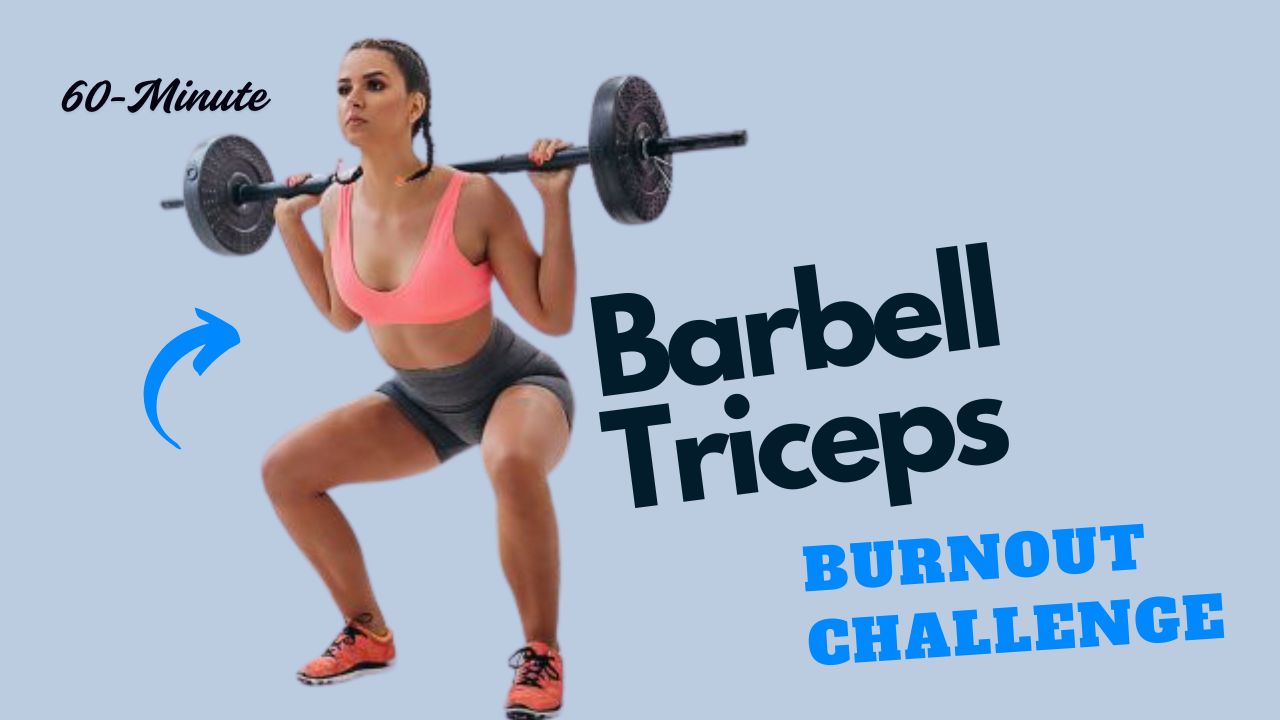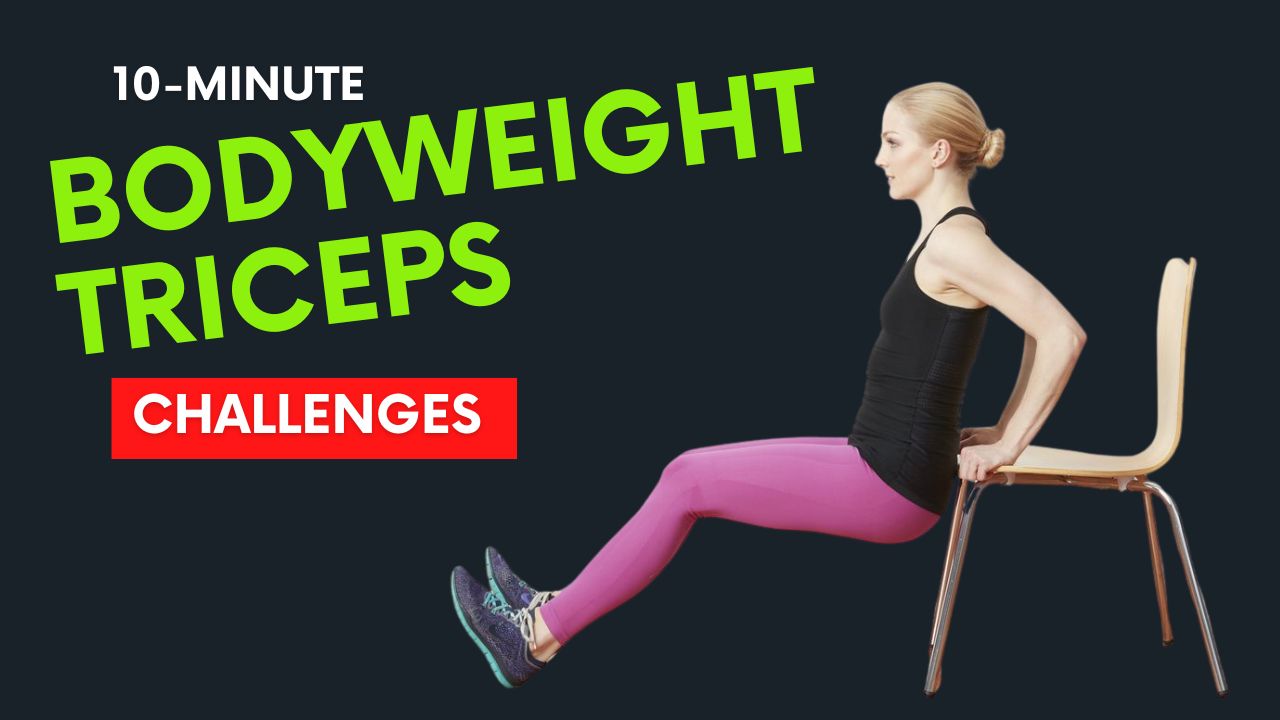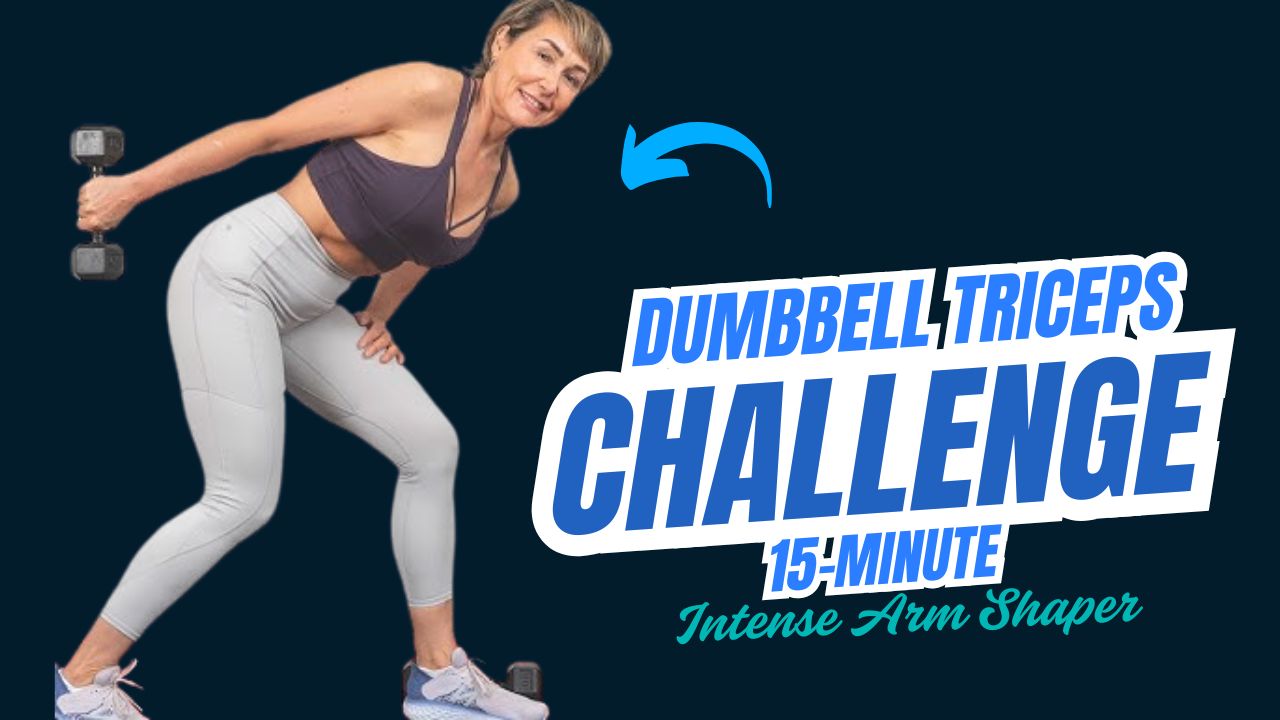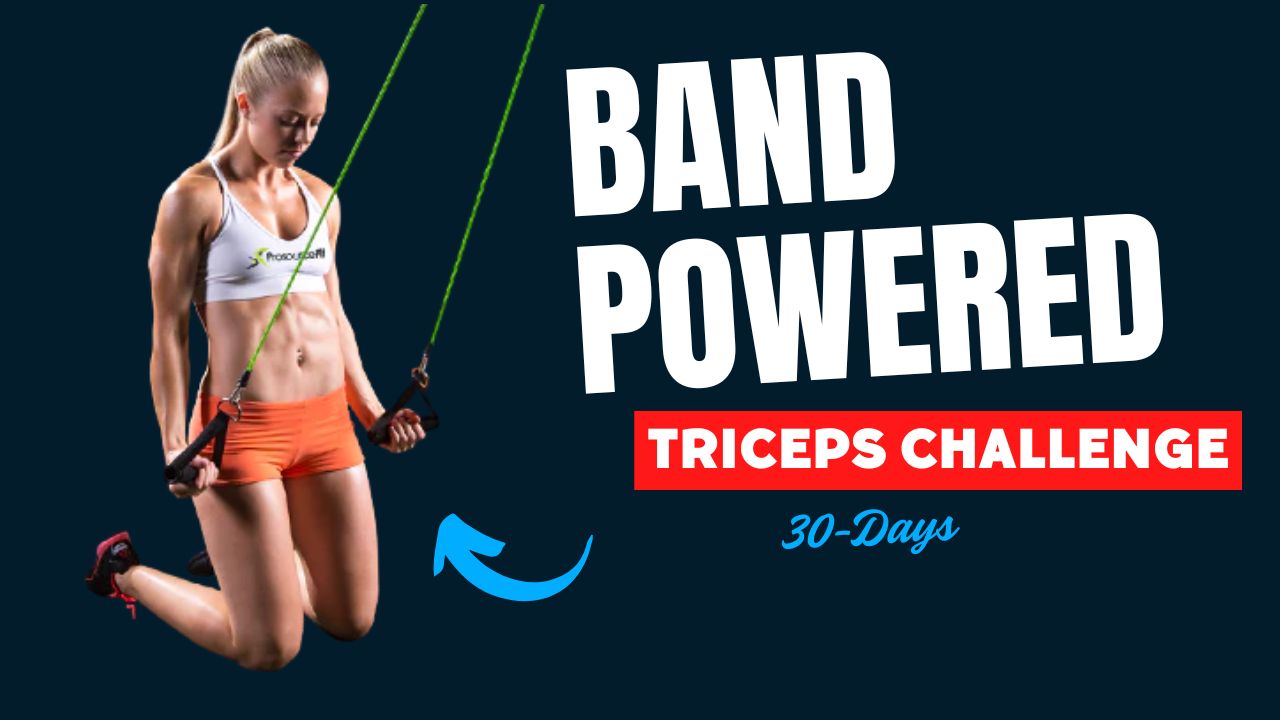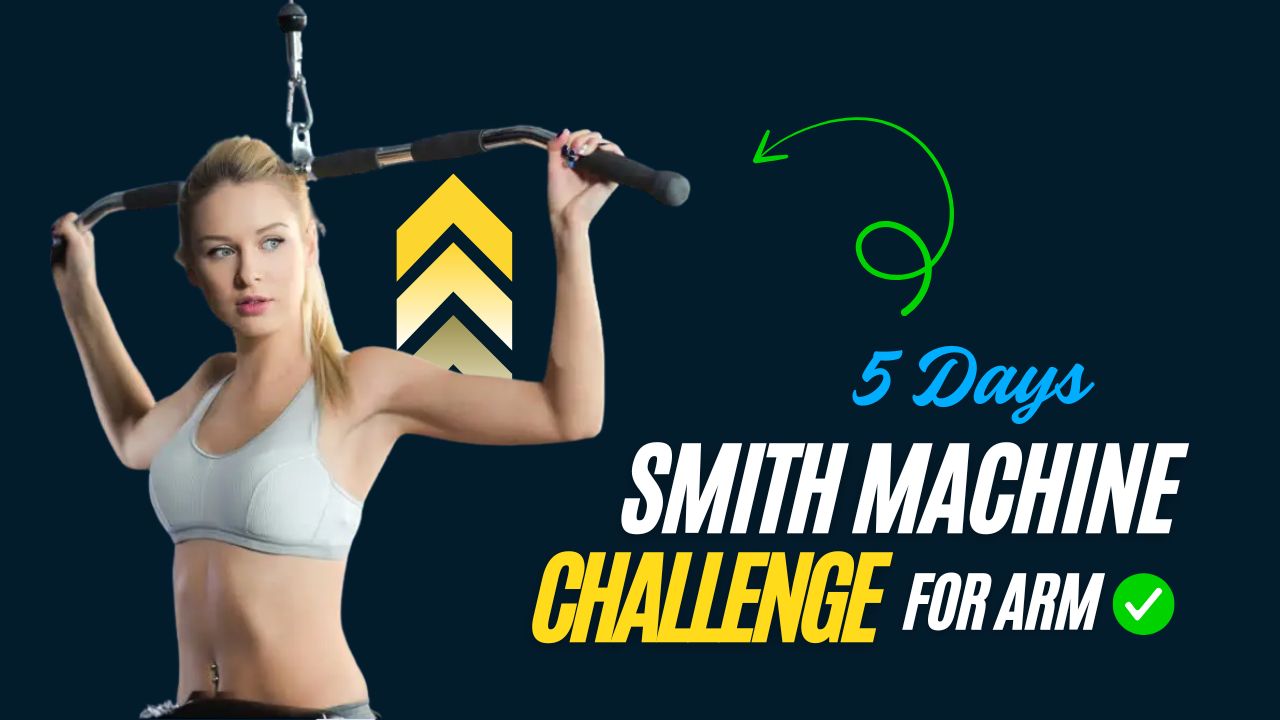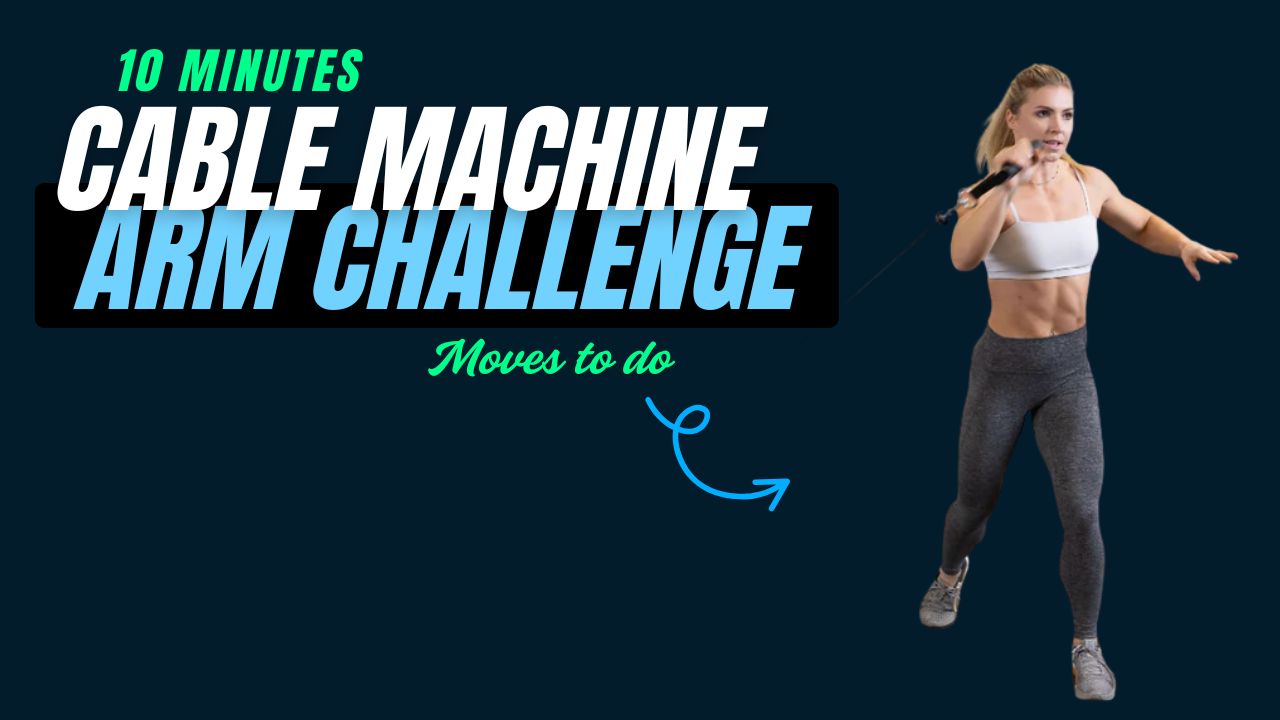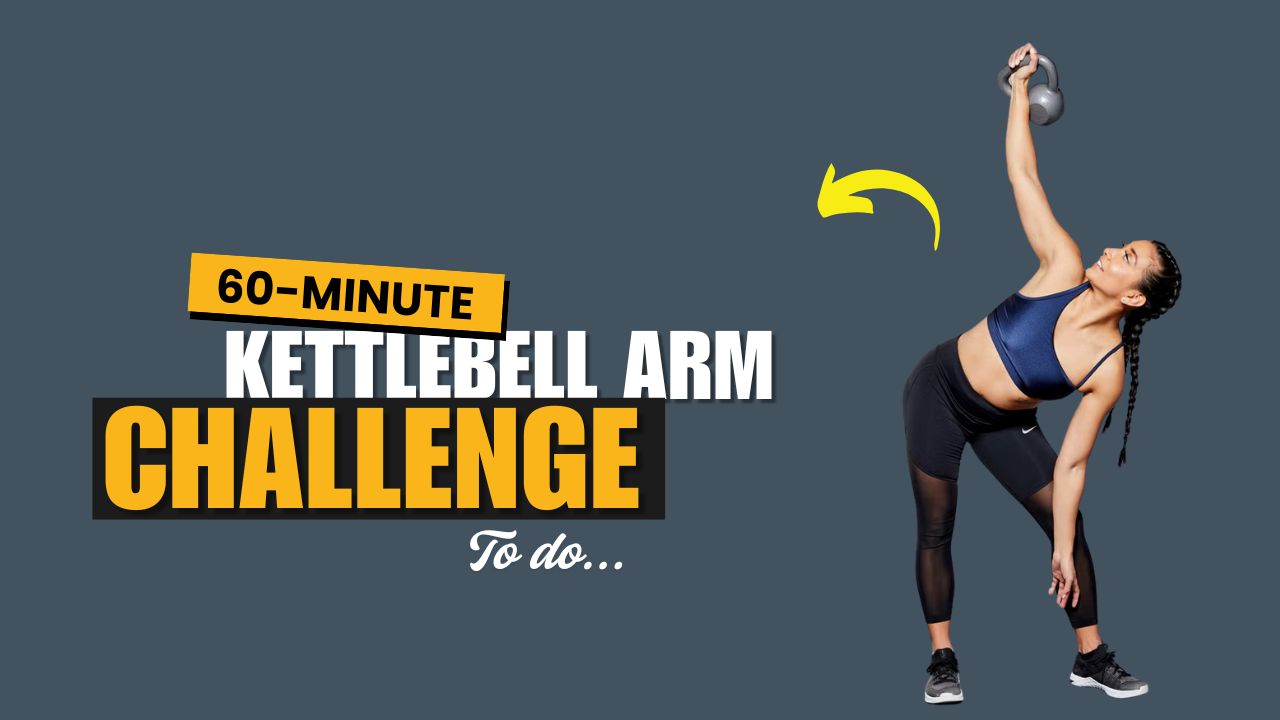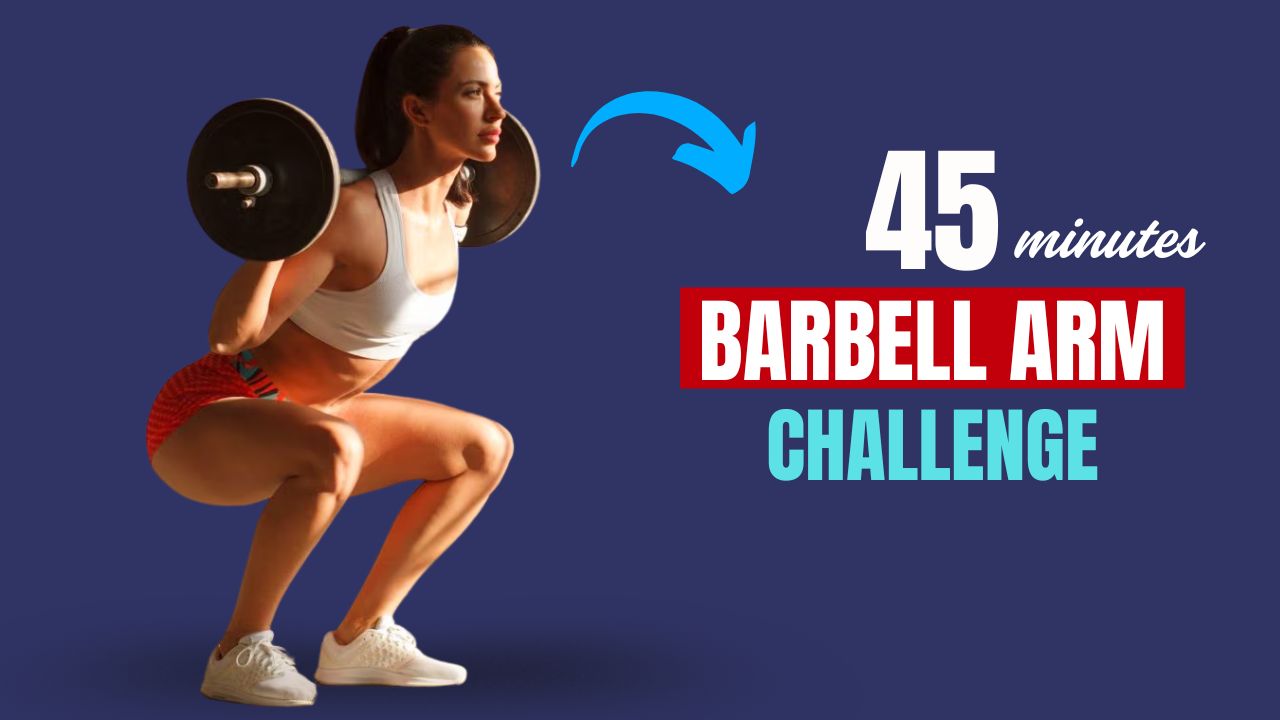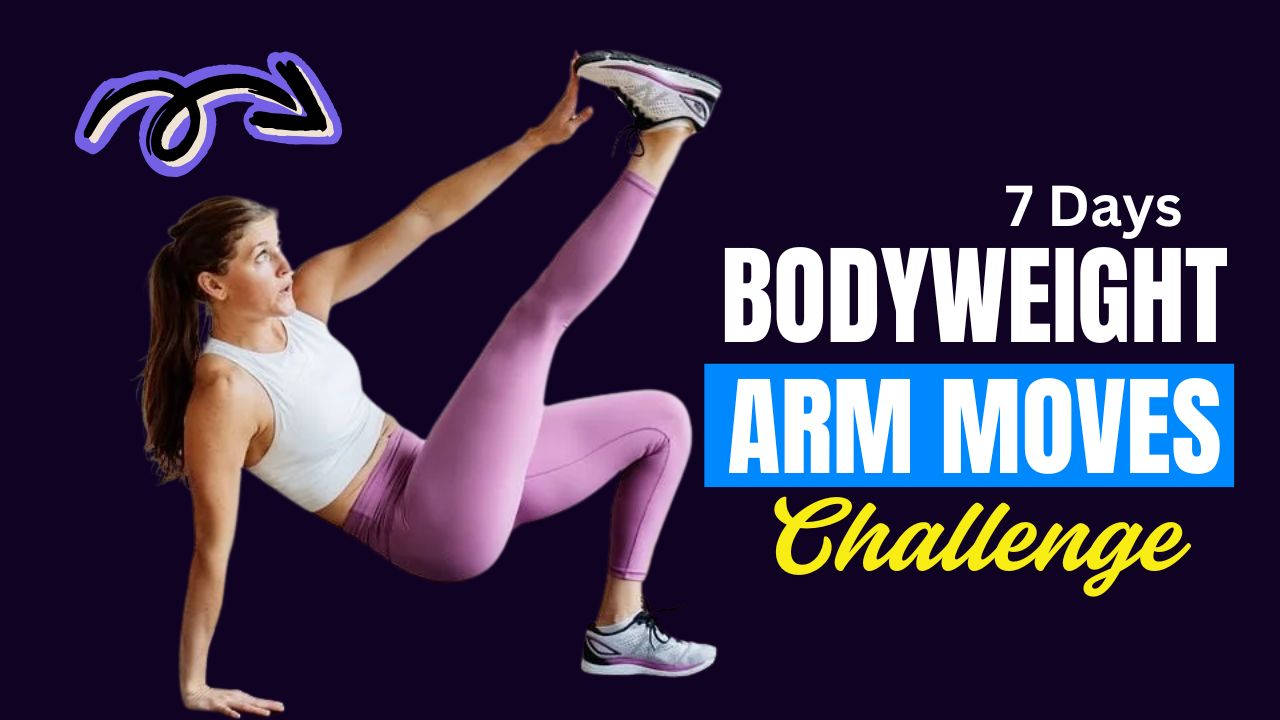Think shoulder day is only about dumbbells or machines? Think again. With just a TRX suspension trainer, you can hit your shoulders from every angle, carve out definition, and build functional strength that carries over to real-life movements — all while challenging your core like no other tool.
Did you know? A 2014 study published in the Journal of Human Kinetics found that TRX training significantly improves not just muscular strength but also dynamic balance — something traditional shoulder presses alone won’t give you.
Ready to take your shoulder game to new heights? Here are 9 TRX shoulder exercises you can add to your routine today:
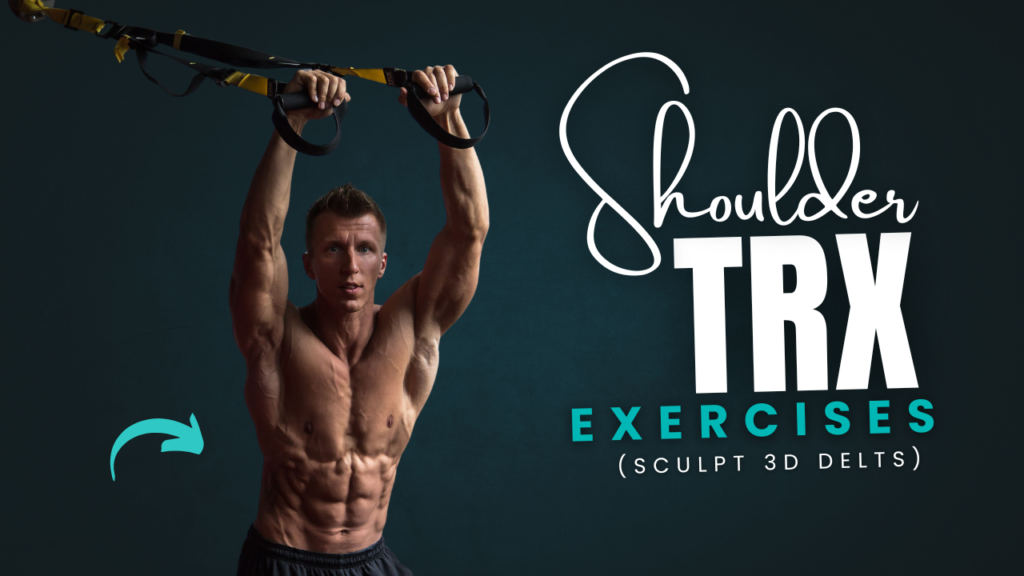
Table of Contents
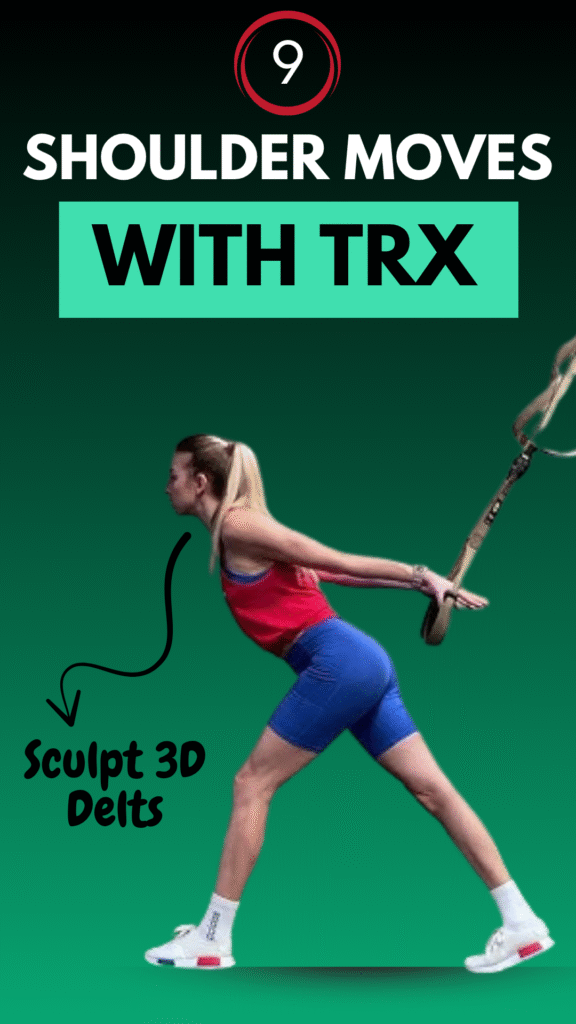
What Can Happen After 30 Days of TRX Shoulder Exercises
| Benefits After 30 Days | Details |
|---|---|
| Improved shoulder strength | You’ll notice everyday tasks like lifting objects feel easier. |
| Enhanced posture | Strengthening rear delts and upper back helps stand taller and reduce slouching. |
| Increased shoulder stability | Better control during overhead and pushing movements. |
| Boosted core engagement | TRX challenges your core, improving overall stability and balance. |
| Reduced risk of shoulder injuries | Stronger rotator cuff and stabilizers lower injury chances. |
| Greater mobility and range of motion | Consistent training improves flexibility of shoulder joints. |
| Visible shoulder definition | Muscle tone in your deltoids becomes more pronounced. |
| Increased workout confidence | Mastering new moves builds motivation to stay consistent. |
TRX Shoulder Exercises: Do’s & Don’ts
| Do | Don’t |
|---|---|
| Keep your core tight during every movement. | Let your hips sag or arch your lower back. |
| Adjust your foot position to match your level. | Start with angles that are too steep to control. |
| Use slow, controlled reps for best results. | Rely on momentum or rush through the exercises. |
| Maintain a neutral neck and spine alignment. | Crank your head forward or tilt it excessively. |
| Warm up your shoulders before starting. | Skip the warm-up, risking injury. |
| Focus on quality over quantity of reps. | Sacrifice form just to hit more repetitions. |
| Listen to your body and rest when needed. | Push through pain or discomfort. |
Top 9 TRX Shoulder Exercises
1. TRX Y-Fly
How to:
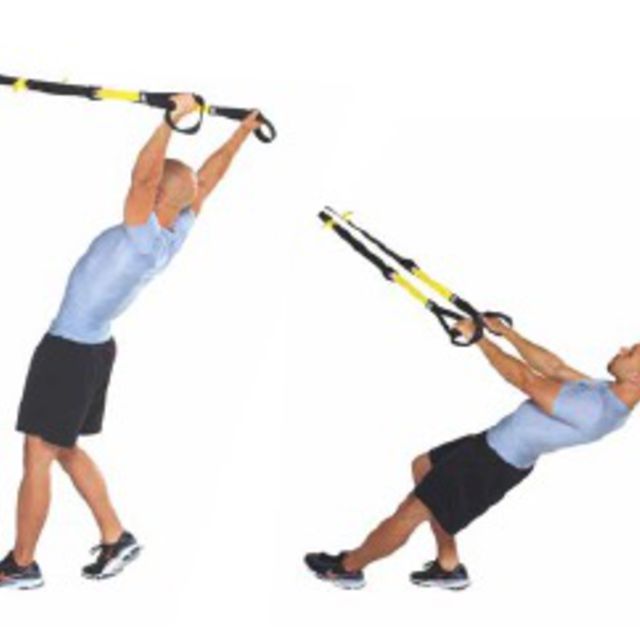
- Stand facing the anchor with feet shoulder-width apart.
- Hold the handles with palms facing down, lean back slightly with arms extended.
- Pull your arms up and out to form a “Y” shape overhead, keeping your body in a straight line.
- Slowly return to the start.
Why it’s great: Activates the lower traps and posterior deltoids, improving posture and overhead stability.
2. TRX T-Fly
How to:
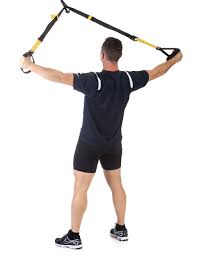
- Start facing the anchor, feet hip-width, arms extended in front holding the straps.
- Lean back and pull your arms out wide to form a “T” with your body, squeezing your shoulder blades.
- Return with control.
Myth buster: People think only heavyweights build shoulders — but exercises like T-Fly train stability muscles often missed with machines.
3. TRX I-Fly
How to:
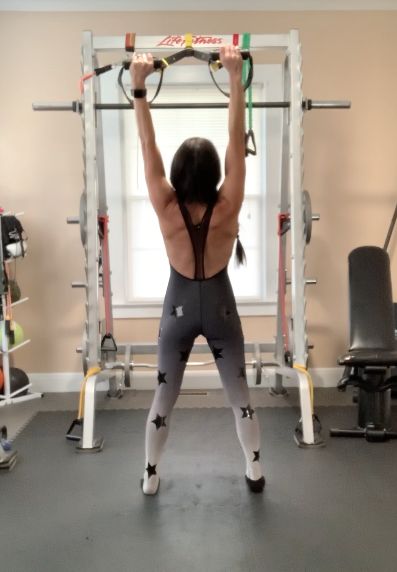
- Same setup as Y-Fly, but pull your arms straight up above your head, forming an “I” shape.
- Engage your core to prevent arching your back.
Benefits: Excellent for upper traps and shoulder endurance, helps reduce shoulder impingement risk.
4. TRX Shoulder Press
How to:

- Face away from the anchor, straps over shoulders, hands holding handles by forehead.
- Press forward and slightly up, extending arms overhead.
- Control back to start.
Fun fact: This move mimics an overhead press but recruits your core and stabilizers intensely since you’re on an unstable system.
5. TRX Reverse Fly
How to:
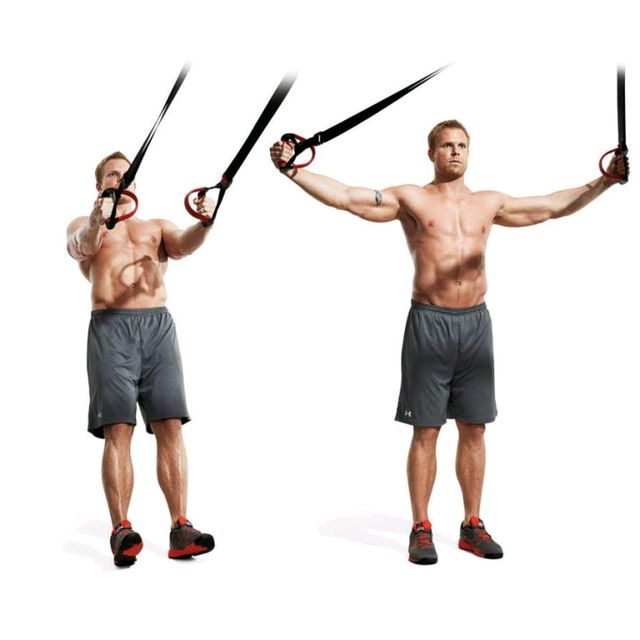
- Stand facing the anchor, arms extended in front.
- Lean back, open arms out, and squeeze shoulder blades, keeping elbows slightly bent.
- Return slowly.
Why it matters: Target rear delts — a key muscle often neglected but essential for balanced shoulders.
6. TRX High Row
How to:
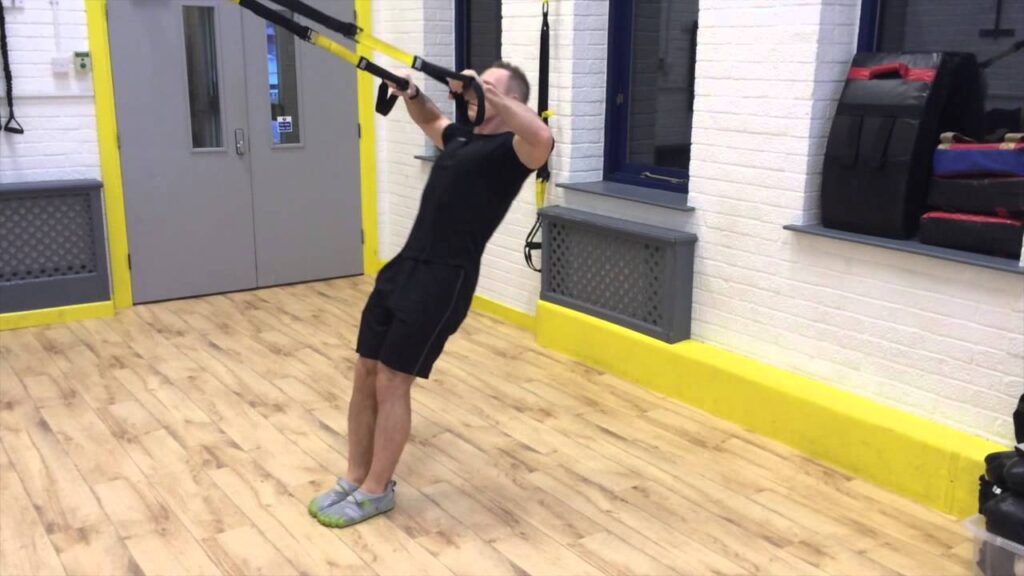
- Facing the anchor, lean back with arms straight, palms facing down.
- Pull elbows high and wide until wrists are near chest level.
- Lower under control.
Benefits: Builds the upper back and shoulders, improving strength for lifts like snatches or cleans.
7. TRX Single-Arm Shoulder Press
How to:

- Face away from the anchor, holding one handle.
- Lower into a slight lunge for balance.
- Press the handle straight up with one arm, keeping your torso stable.
- Repeat on the other side.
Challenge point: Forces unilateral stability — exposes and corrects shoulder imbalances.
8. TRX Archer T
How to:
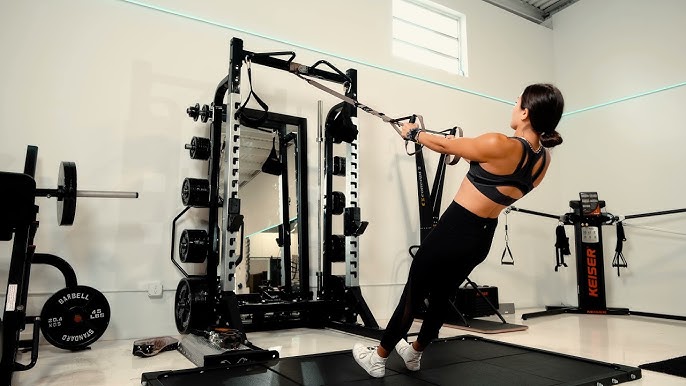
- Face the anchor, and hold both handles.
- Lean back; as you pull one arm wide into a “T”, keep the other arm straight.
- Alternate sides.
Interesting fact: Named “Archer” because the move looks like drawing a bow, this builds shoulder stability and rotational control.
9. TRX Pike to Shoulder Press
How to:
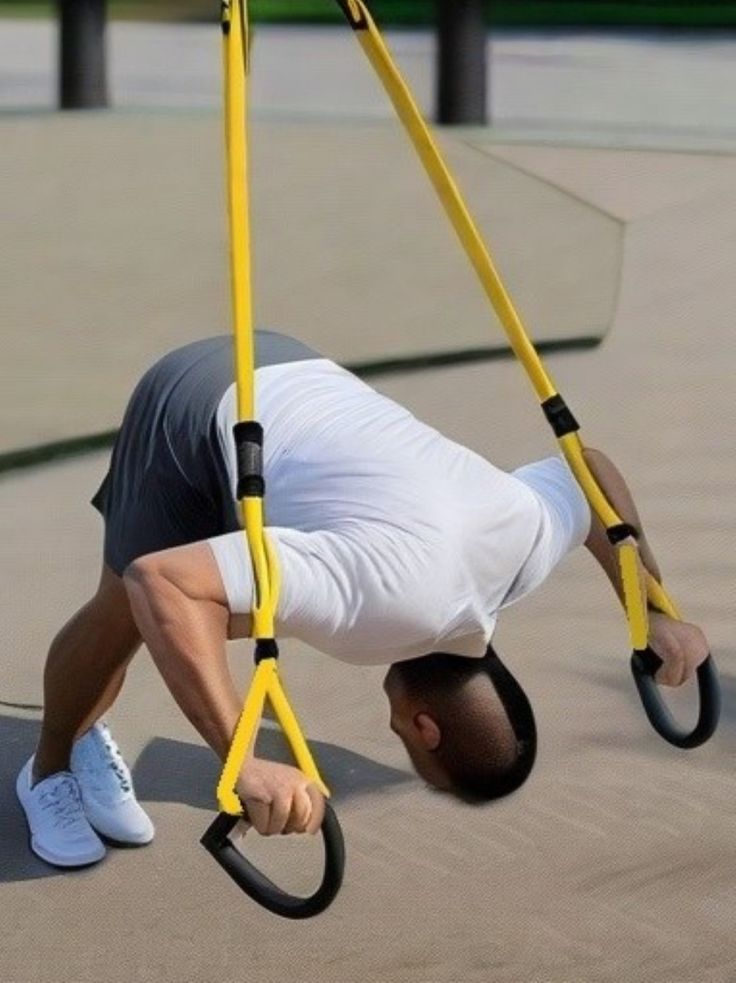
- Start in a TRX plank with feet in straps.
- Pike hips up high, shifting weight forward so shoulders are above hands.
- From the pike, press the torso up and down slightly by pushing through the shoulders.
- Lower back to plank.
Why it’s unique: This advanced combo hammers delts, challenges scapular control, and torches your core simultaneously.
Final Thoughts
TRX isn’t just a convenient piece of equipment; it’s a powerhouse tool for sculpting strong, mobile, and stable shoulders without the need for heavy weights or fancy machines.
Add these exercises to your routine and unlock shoulders that don’t just look good — they perform better in every sport, lift, or daily movement.
Remember: Control and form are key. Unlike traditional weights, TRX demands total body engagement, which makes every rep more effective.
Frequently Asked Questions (FAQs)
Can beginners do these TRX shoulder exercises?
Yes! TRX is perfect for beginners because you can easily adjust the intensity by changing your foot position or angle. Start with a more upright stance to reduce difficulty, and progress to deeper angles as you gain strength.
How often should I do TRX shoulder workouts?
Aim for 1–2 times per week, allowing at least 48 hours between sessions for your shoulders to recover and grow stronger.
Do I need any equipment besides the TRX?
Just the TRX suspension trainer and a sturdy anchor point (like a door, beam, or pull-up bar). A yoga mat is optional for comfort during moves like the TRX Pike.
Can TRX exercises replace traditional shoulder presses or dumbbell work?
TRX can absolutely be a standalone routine for shoulder strength and stability. However, combining TRX with free weights can provide the best of both worlds: dynamic stability + raw strength.
Are TRX shoulder exercises good for shoulder injuries or rehab?
Always check with your doctor or physical therapist first. TRX can help improve stability and control, but some movements may aggravate certain injuries if not done properly.
Can TRX shoulder exercises help with posture?
Yes! Exercises like TRX Y-Fly, T-Fly, and Reverse Fly strengthen the upper back and rear delts — key muscles for improving posture and countering forward-rolled shoulders from desk jobs.
How long should a TRX shoulder workout take?
A complete TRX shoulder routine (including warm-up and cooldown) can take 20–30 minutes, making it a time-efficient option for busy schedules.
Are TRX shoulder exercises safe for seniors?
They can be, as long as the individual has medical clearance and uses proper form. The adjustable nature of TRX allows seniors to train at a safe angle and intensity while building strength and balance.
